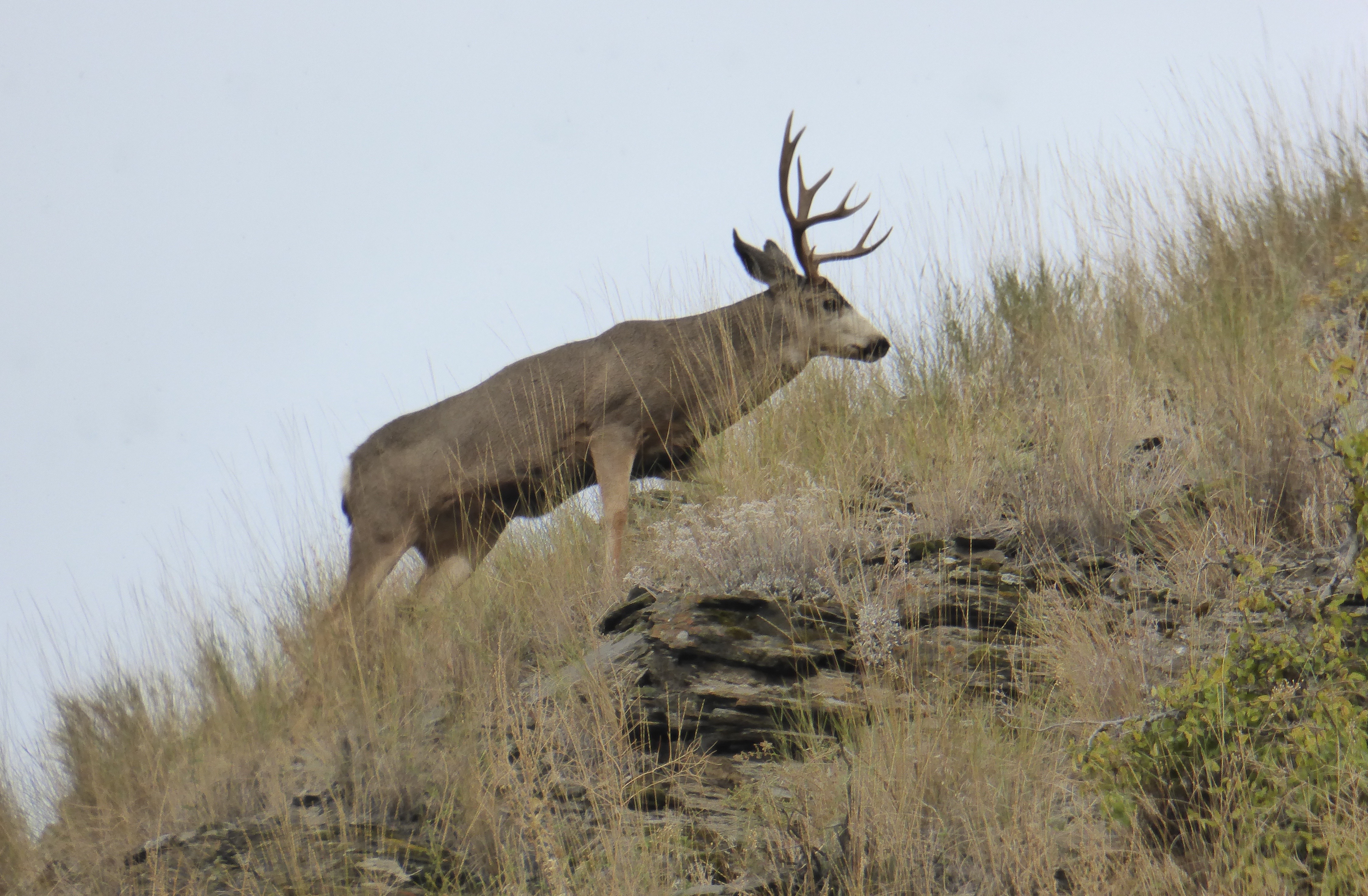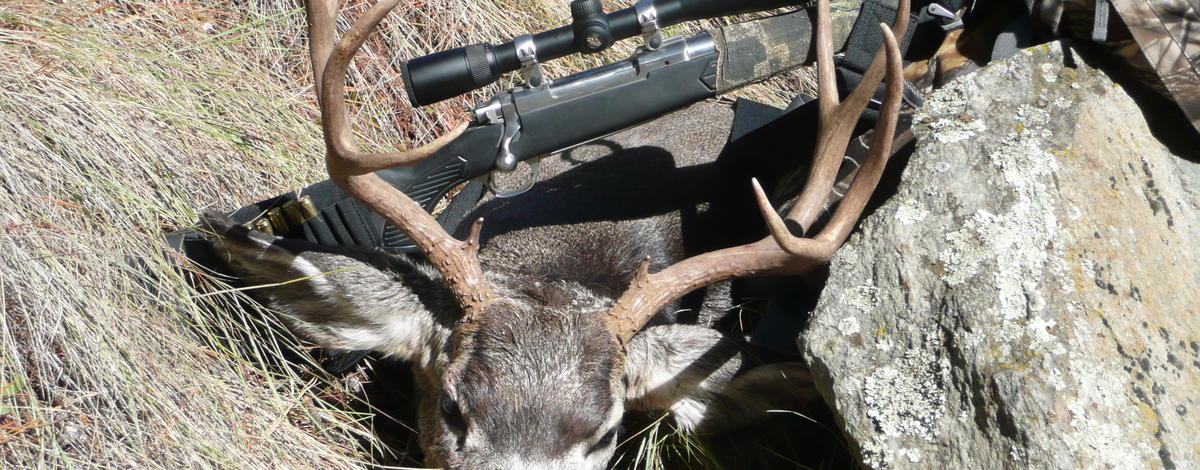Most mule deer hunters are satisfied with hunting in Idaho, and their attitudes and preferences have not changed much over the last decade, according to a survey conducted by Idaho Fish and Game in 2017.
Continuing family hunting traditions, the opportunity to hunt mule deer every year, and maintaining diverse hunting opportunities are important to the majority of Idaho hunters, and most said they’d rather not give those up, even for the chance to harvest larger bucks.
When asked in the survey if there is anything else they wanted to tell Fish and Game about hunting mule deer in Idaho, the most common response was “things are good – I support current management.”
But that’s not to say things are perfect. The most frequent complaint expressed was hunter congestion. Hunters were also concerned about the hunting season being too short, misuse of off-highway vehicles, and loss of access to public lands.
Those are important things for Fish and Game officials to know as the agency begins its 2019-2020 big game season setting for deer, elk, pronghorn, black bears, mountain lions, and wolves. The season-setting process will start during late fall and be finalized by the Fish and Game Commission in March.
Fish and Game is also in the process of updating its statewide mule deer management plan, which will guide mule deer hunting into the future.
Summary of survey results
The survey included responses from more than 7,000 mule deer hunters who were mostly randomly selected (about 300 took an open survey online). This survey was a follow-up to a similar one done in 2007. Survey respondents answered 25 questions pertaining to mule deer hunting in Idaho.
The survey found that 65 percent of Idaho mule deer hunters said they were satisfied or very satisfied with the quality of their hunting experience, while 15 percent were dissatisfied or very dissatisfied and 20 percent were neutral.
Hunters in the survey averaged nearly 23 years experience hunting mule deer in Idaho, and nearly 34 years total hunting experience.
Hunters surveyed also reported excellent success, with about 47 percent of them saying they harvested an animal in 2016 (the fall prior to the survey).
Here are some of the preferences and opinions hunters expressed:
- 72 percent hunted with a rifle in the previous hunting season and 64 percent of them had only hunted mule deer with a rifle during the last five years.
When asked about their reasons for hunting mule deer in Idaho, the top choices were:
- Being close to nature
- Bringing back pleasant memories
- Viewing the scenery
- Being with friends and family
Unsurprisingly, the type of mule deer most desirable to harvest was a large buck, and an antlerless mule deer was the least desirable.
However, that did not mean mule deer hunters were opposed to antlerless hunts – 88 percent reported antlerless deer hunts are an appropriate management tool. Antlerless hunting can increase the productivity of the herd, maintain a balanced population and size for the quality of the habitat, and can provide opportunities for youth hunts.
Top considerations in hunters’ decisions to go mule deer hunting were:
- Access to public land
- Ability to hunt every year
- Best chance to harvest
- Opportunity to also hunt elk at the same time
Respondents also ranked the top reasons for not hunting as: conflicts with work schedules, family obligations, and access limitations.
What are hunters willing to give up?
Fifty-five percent (55%) of mule deer hunters surveyed reported the number of other hunters did not “seriously detract” from their hunting experience. However, the number of other hunters/ hunter crowding was a leading complaint among those who were “extremely dissatisfied” with Idaho mule deer hunting.
To relieve congestion, 54 percent of hunters favored longer seasons, 36 percent favored controlled hunts. Hunters felt stratified hunts (multiple deer seasons during fall, and hunters have to choose one) were somewhat acceptable, but having to choose a species (i.e., pick between a deer or elk hunt) and zone restrictions were not popular.
Hunters’ responses to choices between mule deer hunting opportunity and quality were more mixed, but given a series of choices of hunting frequency vs. size of buck (ranging from hunting for a small buck every year and a big buck every 10 years) hunters consistently favored opportunity over the size of bucks.
But there were lots of nuances to those responses, and 62 percent of the respondents reported they were willing to accept additional restrictions in order to manage for larger and/or more mule deer bucks.
In general, hunters prefer restrictions that maximize hunting opportunity and harvest. The survey results indicated controlled hunts were the most acceptable, but giving up the ability to hunt every year was least acceptable.
That supports the status quo for mule deer hunting because surveyed hunters approve of controlled hunts as long as there are still adequate general season opportunities available if they don’t draw a controlled deer tag.
Stay tuned for additional opportunities to participate and provide input during the 2019-2020 big game season setting process and the revising of the statewide mule deer management plan.
Here's the executive summary of the mule deer survey that was presented to the Fish and Game Commission.


